Downtown Denver - You've Come a Long Way, Baby!
Monday, September 10, 2012
 Denver, Colorado, United States
Denver, Colorado, United States
I’ve lived in and around Denver for much of the last twenty
years, so my Downtown Denver blog entry is more one of personal experience in a
familiar place than it is travel for me . Having lived in the city for some of
those years and even right downtown for a few years in the mid-1990s, Denver is
place that’s close to my heart and keeps getting dearer in many ways. That’s
because the city has changed so much over that time, and in my opinion
overwhelmingly for the better.
I guess my impression of Denver was formed quite a few years
before I ever set foot in the city. During my teen years in the early 1980s I
was quite devoted to several of the nighttime soap operas like Dallas and
Falcon Crest. Among them, of course, was Dynasty, which was set in Denver. I
grew up thinking Denver was such a stunningly glamorous and affluent city, one
of mansions and penthouse apartments where the streets were paved in gold in
the figurative sense. I first saw the city in 1988 heading home to New York
from my first road trip to the western part of the country. I thought the
scenery in Colorado as my mom and I drove through the state was stunning. We
stayed a night in a cheap motel along I-70 on the outskirts in a suburb named
Wheat Ridge and then spent most of the next day in the city . I recall walking
around downtown, going to the art museum, the cathedral, and the state capitol,
and thinking, “This is it? Why would Alexis Carrington ever decide to live
here?”
To be honest about it, 1988 was near the trough of the local
economy’s slump after the oil industry essentially pulled out of Denver and
consolidated in Houston in the 1980s. Except for a few glassy skyscrapers built
around a decade earlier, though, Denver had the look and feel of a very average
provincial Midwestern city.
The thought of life in the west appealed enough to me that I
effectively applied to University of Colorado at Boulder as my “safety school”
for an economics Ph.D. program with some hope that’s where I might end up
rather than at one of the higher rated academic programs to which I applied.
Well, that’s how it worked out for me since I got a good financial deal there
with tuition remission and a paid teaching assistantship.
I loved Boulder and thought Colorado was stunning, but when
I went into Denver for socializing in my initial years in Colorado in the early
1990s I still found the place to be kind of disappointing . The Sixteenth Street
pedestrian mall downtown was fairly deserted at night; the Lower Downtown area
was still largely derelict and not very safe; and the Colfax Avenue strip had
some serious seediness to it. There were some nicer parts of town like the
wealthy Cherry Creek commercial area and Glendale, but those had a somewhat
suburban feel about them.
I finished school in Boulder with a masters in economics in
April 1993, started working as a professional staff member for the Colorado
General Assembly in January 1994, and moved to Denver in August of that year
after about seven months of long commutes. I rented an apartment with a
roommate at Uptown Village, a large apartment complex on Seventeenth Avenue
just east of downtown at the edge of the neighborhood known as Uptown. It was
only a two block walk to work at the State Capitol Building and I even went for
two years without a car, only renting one on a few occasions when I needed to
get out of town for a trip. Thus, I got to know the downtown area very well on
foot.
To me that was around the time things really began picking
up in downtown Denver, and every year seemed to be a big improvement over the
last one. The Elitch Gardens Amusement Park was moved from the northwest corner
of the city to the edge of downtown in 1994; Coors Field opened with the Colorado
Rockies expansion baseball team in 1995; and the first light rail line from the
southern suburbs to downtown was completed in 1996; and the Pepsi Center (“The
Can”) replaced the old McNichols Arena for basketball, concerts, and Denver’s
new NHL team, The Colorado Avalanche, around that time . Restaurants and bars
and most notably brewpubs associated with microbreweries began to proliferate
and breathe new life into the LoDo (Lower Downtown) neighborhood around Coors Field
and conversion and construction of office and residential lofts soon followed.
Downtown Denver quickly changed in feel from down-and-out to up-and-coming.
That was also the era of my peak industriousness and
ambition. I wasn’t entirely satisfied with my salary as a state government
employee so applied for a table waiting job at the private club restaurant at
Coors Field for a season of moonlighting on evenings and weekends during
baseball games. It didn’t work out all that well financially for me, and as I’ve
discovered at other points in my life I do not have the ideal personality for
customer service type gigs, but at least I’ve been able to say since that I’ve
worked as a waitron.
Going without a car to save money to invest in the stock market
also meant walking to the grocery store. The nearest one was a Safeway about
eight blocks away in the Uptown neighborhood, one jokingly known as the “Not-So-Safeway”
since it was at the edge of a sketchy, slummy part of town (there aren’t many
in Denver) that involved passing abandoned buildings likely used as crack houses
and a fenced-off closed down hospital complex to get to. Nowadays, however, the neighborhood could not
be more different with extensive construction of condominiums and office
buildings and property values way too expensive for anything to be left
unoccupied .
I recall once while working for the legislature going to a
Denver Association of Business Economists luncheon meeting where the
presentation was about the planned development west of Union Station and Coors
Field, what had always been a large railyard at the edge of downtown. My
colleagues and I were a little disappointed by what turned out to essentially
be a sales presentation rather than an analysis of the economics of the
exciting new mega-project which was supposed to convert one of the biggest
downtown industrial areas in the United States into a shiny new extension of
the central city over twenty years. At the time there were only a few
businesses located at the edge of these railyards, including Denver’s biggest
gay dance club that changed names a few times during the early 1990sbut was
most memorably called Paradise Garage and nicknamed “Parasite Garage”. That was already cleared away at the time of
the luncheon I attended in 1996, but at the time it was difficult to imagine
what would eventually come about, but the transformation from railyard
emptiness to block after block of modern office buildings, highrise
condominiums, parks, museums, and Denver’s new urban transit center over that
time has been absolutely astounding.
In 1997 I moved to Cheyenne for a job and then returned to
the Denver area in 1999 for a job in the southern suburbs where I lived for
several years. Those were boom times in Denver and the center city continued to
evolve . Places where no one lived in the 1990s were by the early 2000s bustling
residential areas, and I’d have to look into the statistics on how many
multiples of the 1980s population now live in and around downtown in the
mid-2010s, but it has to be a factor of something like ten.
In 2002 I moved to Chicago for a job for a little over a
year and then spent several years based at my parents’ house in New Jersey to
work part time and travel. When I returned to Denver in 2008, the summer the
Democratic National Convention was held in Denver and Obama was nominated, the
city center had grown vastly again. Compared to Chicago (or New York where I’m originally
from) Denver still seems like a small place, but nowadays it does feel like a
major regional city and not just the cow town on the plains it was in the early
1990s.
People actually make the city of Denver a travel
destination. I have friends who own houses in the trendy Highlands neighborhood
who have rented them out for weeks at a time to people visiting Denver from out
of town…….and they’re actually visiting Denver, not just using it as a base to
go to the mountains or see other things in Colorado. When my friend Brian
visited from New Jersey in 2009 and spent a day downtown on his own he remarked
what a great walking city Denver was compared to so many he had been to around
the country. And I guess it’s now true as more and more of the empty spaces
around downtown, blocks and lots that had been attractive urban territory a
century ago but were bulldozed in the name of urban renewal for parking lots
for commuters who worked in the new skyscrapers, are now being filled in with
hotels, stores, restaurants, galleries . And the mile-long downtown pedestrian
mall, Sixteenth Street, has recently been lengthened into the new part of lower
downtown.
I’m still very proud of my adopted city. When I go away for
extended periods of time, as I have had to do again for a few years, I always
plan on moving back. And each time I return I find a place that’s been
significantly transformed since my last period of residence there. As I said,
Denver, you’ve come a long way since I’ve gotten to know you.
Other Entries

 Denver, Colorado, United States
Denver, Colorado, United States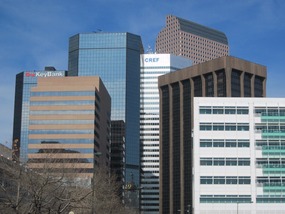
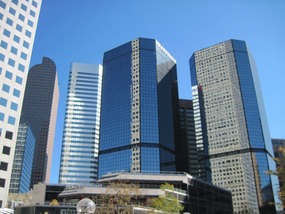
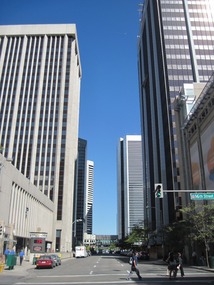
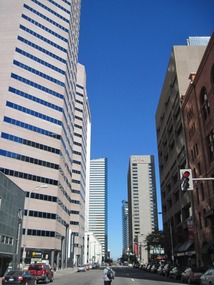
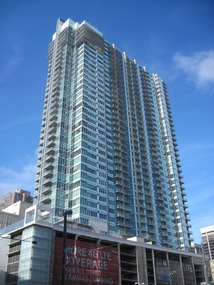
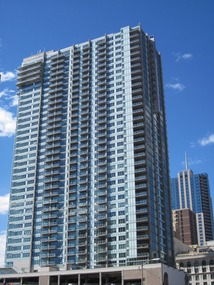
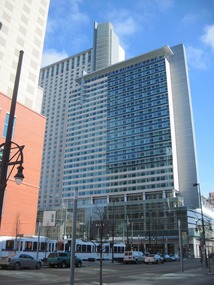

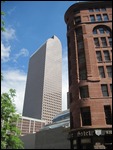
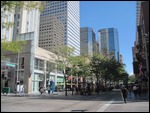
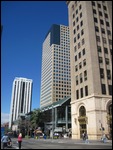
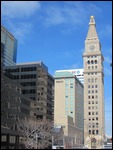
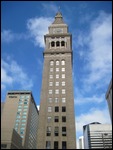
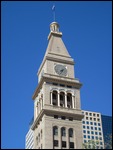
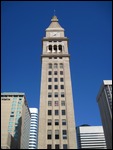
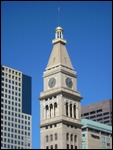
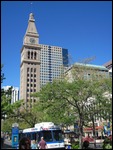
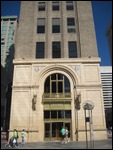

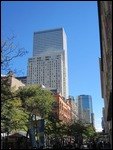
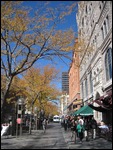
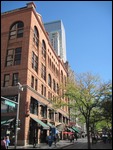
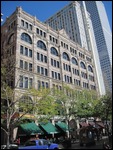
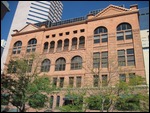
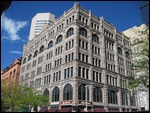
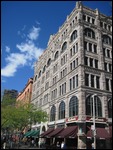
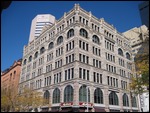
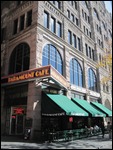
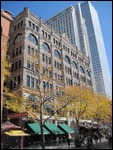
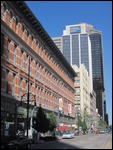
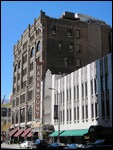
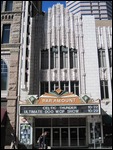

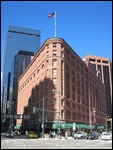
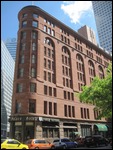
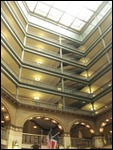
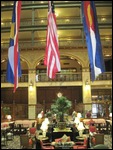
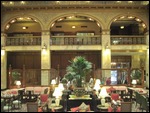

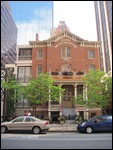
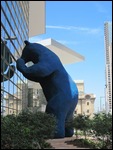
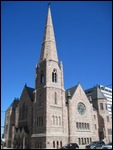
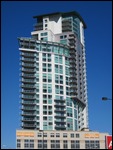
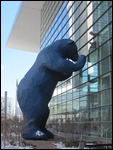

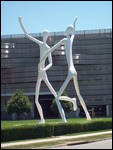
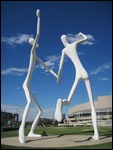

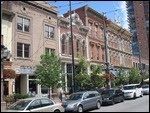
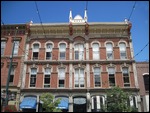

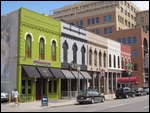
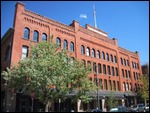
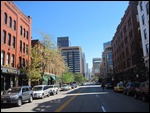
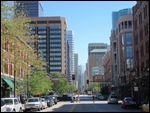
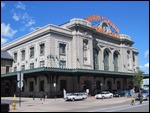
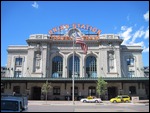
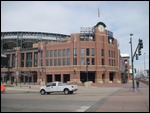

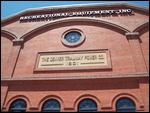
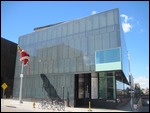
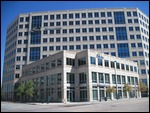
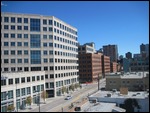
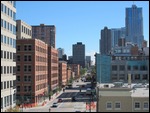
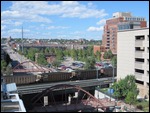
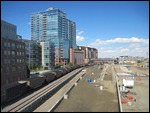
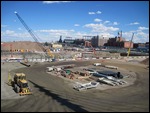
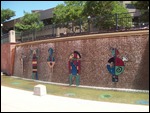
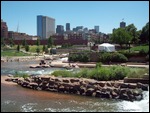
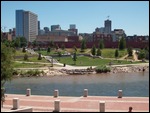
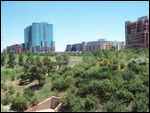
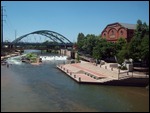
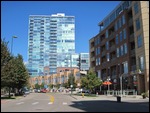

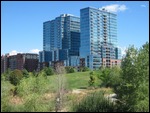

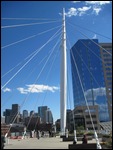
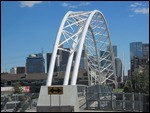
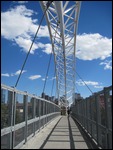
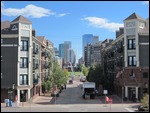
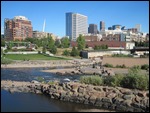
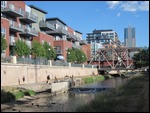
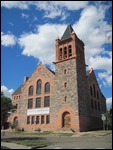
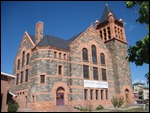
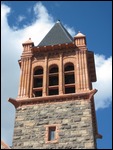
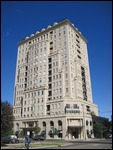
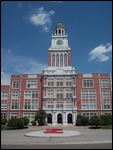
2025-05-22